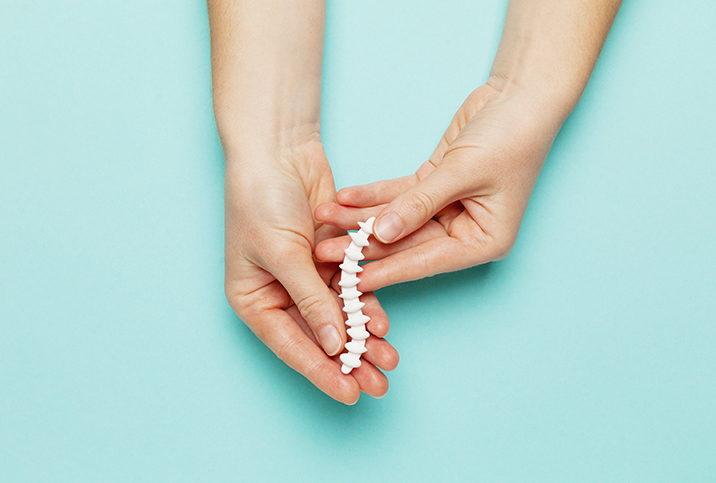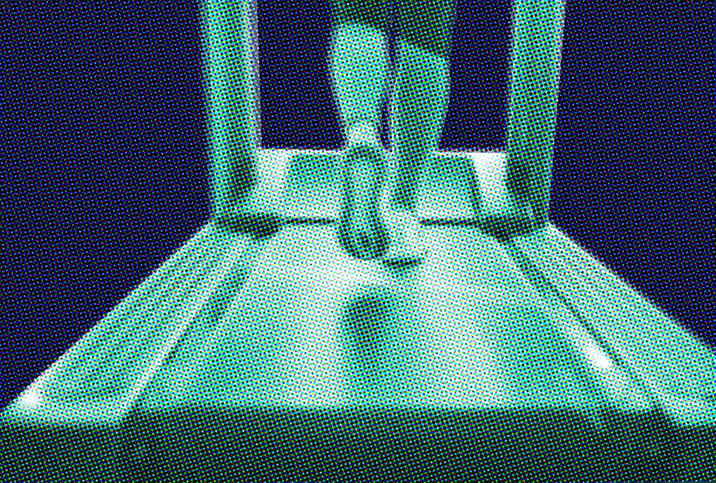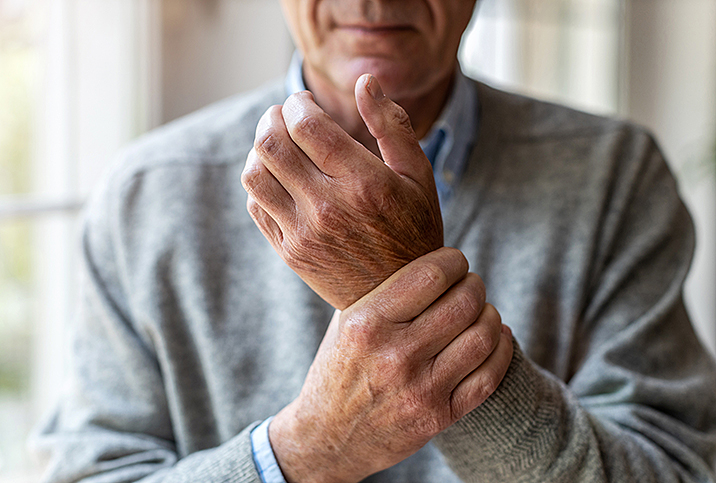What Osteopenia and Osteoporosis Mean for You

Throughout our life, our bones are constantly breaking down and renewing through a process called bone remodeling. With age, many people experience more breakdown than renewal, which results in a net loss of bone density.
As of 2010, an estimated 10.2 million Americans age 50 and older had osteoporosis, and an estimated 43.4 million had low bone mass. You can't stop the aging process, but there's a lot you can do to minimize bone-density loss and treat it if you develop it.
What to know about osteopenia & osteoporosis
Osteopenia is a subtle decrease in bone mass commonly due to age-related calcium loss. It occurs more often in women, typically beginning after age 35, when bone mass peaks. Osteopenia slightly weakens the bones, but not so much that an individual would easily experience a fracture, or any other symptoms for that matter. It therefore often goes undiagnosed, detected only through a bone-mineral density test, which is recommended for women older than age 65 and other high-risk individuals.
Osteopenia is a primary risk factor for developing the more serious condition osteoporosis, which is characterized by extremely weak and brittle bones that may break easily when stressed, resulting in fractures found most commonly in the hip, spine and wrist. Sufferers experience back pain, stooped posture and frequent fractures, often from normal activities, even by such a seemingly harmless cause as coughing.
People with a family history of osteoporosis are at higher risk for developing it. Women, especially white and Asian women, are more prone than men. They are smaller and typically have lower bone mass in the first place. In addition, they consume less calcium, live longer and experience hormonal changes (decreased estrogen at menopause, for example) that can increase calcium loss in bones.
Similarly, men with low testosterone are at increased risk. Additionally, a history of eating disorders, untreated celiac disease, overactive thyroid, chemotherapy, gastrointestinal surgery, medications (steroids, anti-seizure drugs) and other medical conditions increase the likelihood of developing osteoporosis. Lifestyle risk factors include low levels of calcium or vitamin D (which helps the body absorb calcium), smoking, drinking alcohol or carbonated beverages, and lack of weight-bearing exercise.
Impact on health
Pain and frequent fractures can take a grave toll on a person's quality of life. You may struggle to do the activities you like because of pain or fear of injury. It may be more difficult to get around and do basic daily acts such as showering and dressing. Being sedentary, remaining in bed, or sitting for long periods of time can lead to issues such as pressure sores, pneumonia and urinary tract infections. Osteoporosis can even affect your height: By the age of 80, it's possible for a person to lose as many as 3 inches due to bone-density loss and vertebral damage.
Treatment for osteoporosis
Treatment is typically based on the odds of your breaking a bone in the next 10 years, because osteoporosis medications carry both risks and benefits. For high-risk individuals, doctors may prescribe bisphosphonates (alendronate, risedronate, ibandronate and zoledronic acid), monoclonal antibodies (denosumab), hormone therapies (raloxifene), and bone-building medications (teriparatide, abaloparatide, romosozumab).
Preventive measures
Diet, especially food rich in calcium and vitamin D, is an important line of defense against bone loss. You can naturally source calcium from:
-
Broccoli
-
Spinach
-
Beans
-
Salmon
-
Soy products
-
Fortified plant milks, cereals and juices
If you're not sure you're getting enough calcium, take supplements (1,200 milligrams a day is ideal) and vitamin D (800 international units). You can also get vitamin D from the sun, but always wear SPF 30 or higher sunscreen. Check with your doctor before loading up, as too much calcium is linked to kidney stones.
Physical activity is important, too. Weight-bearing exercises such as strength training, walking, running, jumping, skipping rope and dancing help bones build back stronger, like weightlifting does for muscles. Preventing falls is essential. Tai chi and yoga can improve balance, and wearing supportive shoes with good grip may prevent slipping. Another key is to quit or cut down on smoking, drinking and carbonated drinks.
Starting preventive practices early is ideal. Building greater bone density when you're young will decrease the risk and severity of osteoporosis later in life.
We all age differently, and not everyone will develop bone-density issues. Do what you can for prevention, and if you find yourself experiencing problems, work with a doctor on a plan to manage the condition and get the most out of life.


















